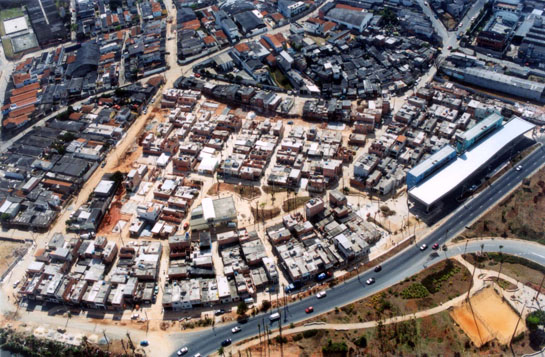Sacadura Cabral was a slum located in the City of Santo André, metropolitan region of São Paulo, Brazil. In order to remedy the high population density and the problem of floods, the first stage of the re-urbanization project, within the Santo André Mais Legal Program, proposed the removal of a sector of the slum, implying the displacement of 200 families from a total of 780 families. A participative strategy was used to select the families and define the resettlement criteria.
The selection process tried to identify which families agreed to be resettled in an apartment in another place and those that did not agree. From the 200 families, 122 agreed to be removed. The remaining 78 wished to stay at Sacadura Cabral and exchanged their homes with families that would not have to be removed but that were willing to go the new site. The family exchange process was defined by the slum dwellers themselves and followed-up by government social workers.
The displacement procedure was widely discussed with the population, took 10 days and involved several departments of the Municipality, transport companies and more than 1300 dwellers. During the relocation, the population received information on the apartments, their surrounding area and a basic guide on how to keep the new housing in good condition. In addition, the entire urbanization and resettlement process was accompanied by social and employment generation policies.
This example is documented by the article “Community Participation in Relocation Programs: The case of the Slum Sacadura Cabral in Santo André – Brazil”, by Rosana DENALDI and Márcia G. de OLIVEIRA, published in Open House International magazine, volume 24, No. 3.
Photo: Santo André City Hall, SP – Brazil


Leave a Reply